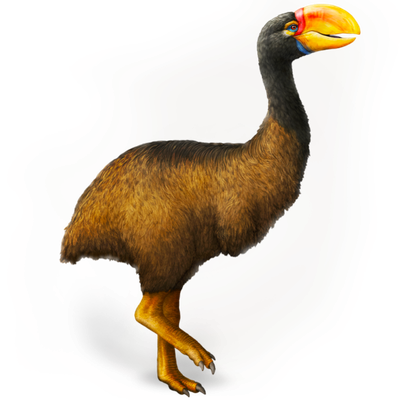Your search returned 12454 results
By Page Type
By Tag
- fish (966)
- blog (696)
- fishes of sydney harbour (401)
- First Nations (299)
- Blog (236)
- AMRI (169)
- archives (164)
- Eureka Prizes (146)
- Aboriginal and Torres Strait Islander (135)
- insect (126)
- Ichthyology (124)
- geoscience (109)
- minerals (102)
- climate change (100)
- podcast (94)
- Fish (91)
- Anthropology (89)
- International collections (80)
- Minerals Gallery (78)
- wildlife of sydney (78)
- Labridae (77)
- frog (74)
- gemstone (70)
- history (64)
- photography (64)
- Mollusca (60)
- gem (59)
- staff (59)
- Birds (56)
- Gems (56)
- Indonesia (56)
- education (56)
- shark (55)
- AMplify (54)
- people (53)
- earth sciences (50)
- past exhibitions (50)
- exhibition (49)
- Gobiidae (48)
- sustainability (46)
- Pomacentridae (45)
- Serranidae (44)
- lifelong learning (42)
- science (42)
- Earth and Environmental Science (41)
- Syngnathidae (41)
- Ancient Egypt (40)
- Bali (40)
- bird (40)
- dangerous australians (40)
-
Garrigarrang: Sea Country
https://australian.museum/visit/whats-on/garrigarrang-sea-country/From the Sydney Basin to Torres Strait, discover and celebrate the rich cultures of Australia’s Salt Water People, who for tens of thousands of years have lived and flourished on Garrigarrang nura – sea country.
-
Dinosaurs
https://australian.museum/visit/whats-on/dinosaurs/How well do you know your dinosaurs? Discover the amazing creatures that ruled the world until 65 million years ago in this exhibition that brings the Mesozoic era to life.
-
200 Treasures of the Australian Museum
https://australian.museum/visit/whats-on/200-treasures/The Westpac Long Gallery showcases 100 treasures from our collections alongside the stories of the 100 people who’ve helped shape Australia.
-
Spark
https://australian.museum/about/history/exhibitions/spark/Learn about cutting-edge technologies and time-tested approaches created by Australian innovators to protect our planet.
-
The 2021 Australian Geographic Nature Photographer of the Year
https://australian.museum/visit/whats-on/archive/agnpy-2021/Immerse yourself in the beauty of the natural world with this stunning photographic exhibition.
-
Jurassic World by Brickman
https://australian.museum/about/history/exhibitions/jurassic-world-brickman/Kmart presents Jurassic World by Brickman® at the Australian Museum.
-
Self-guided audio tours of exhibitions
https://australian.museum/visit/whats-on/audio-guides/Audio guides of Australian Museum exhibitions
-
ਇਸ ਸਮੇਂ ਦਾ ਭਵਿੱਖ (Future Now)
https://australian.museum/get-involved/services/touring-exhibits/future-now/future-now-pa/ਆਸਟ੍ਰੇਲੀਅਨ ਮਿਊਜ਼ੀਅਮ ਵੱਲੋਂ ਬਣਾਈ ਗਈ ਪੌਪ-ਅੱਪ ਪ੍ਰਦਰਸ਼ਨੀ।
-
Bilas: Body Adornment from Papua New Guinea
https://australian.museum/about/history/exhibitions/bilas/This special exhibition showcased the beauty and diversity of cultural decoration and body adornment from Papua New Guinea.
-
Fantastical Sharks & Rays
https://australian.museum/about/history/exhibitions/amcs-sharks-rays/Dive into the fantastical world of sharks and rays, in this special exhibition that shines a light on some of Australia’s most unique endangered species.
-
Discover more
2025 Australian Geographic Nature Photographer of the Year
Special exhibition
Free entry
Now open -
Discover more
Unfinished Business
Special exhibition
Free entry
Now open -
Find out more
Surviving Australia
Permanent exhibition
Free entry
Now open![]()
-
Find out more
Burra
Permanent kids learning space
Free entry
10am - 4.30pm![]()
-
Discover more
Minerals
Permanent exhibition
Free entry
Open daily![]()





